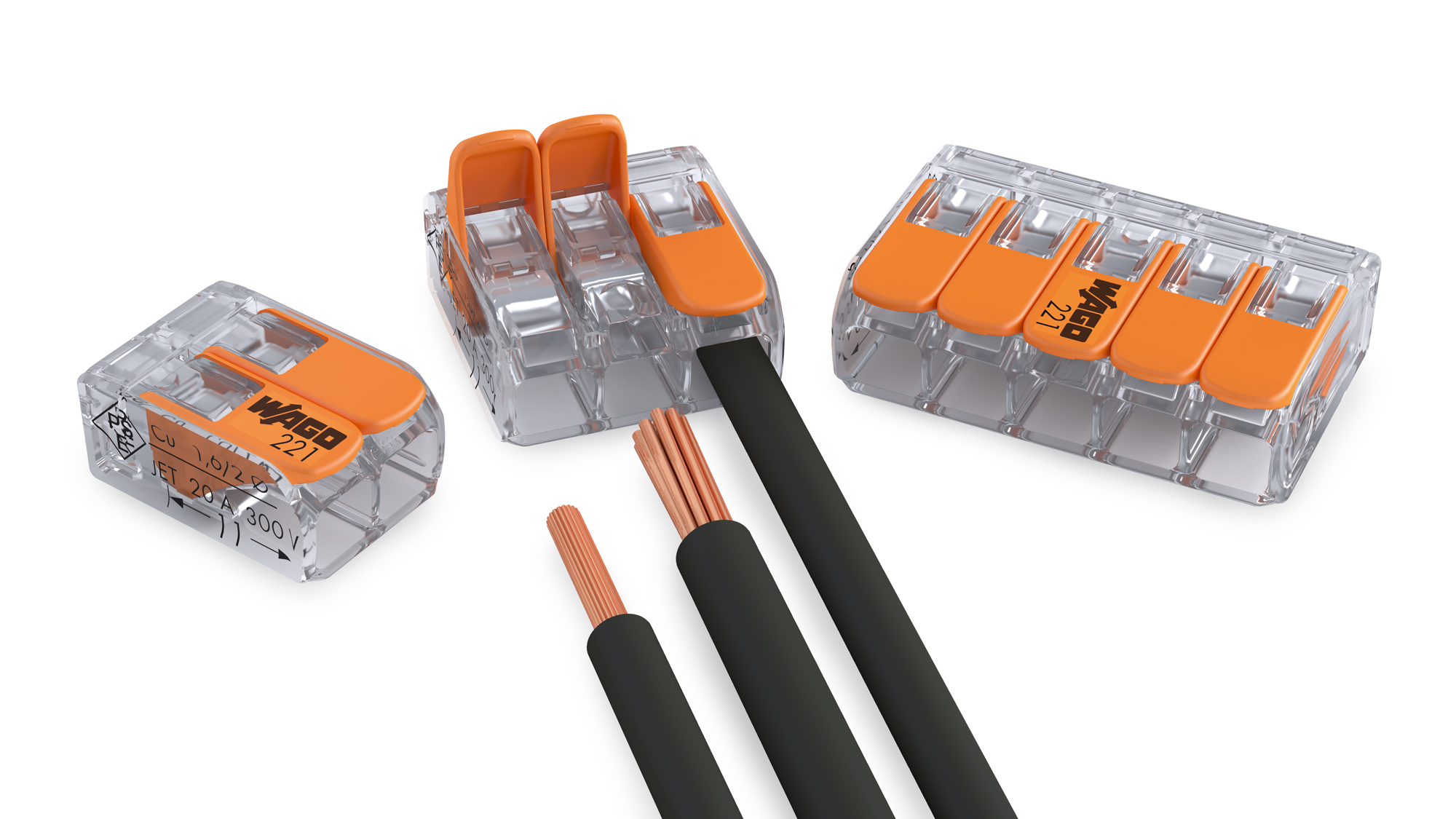A ring final was originally designed with the idea of electric heating and many electric heaters at the time were 3 kW.
The cable was 7/0.029 which is thicker than the cable now used, the live pins were solid brass so could conduct the heat away better, and the over load was set to 30 amp not 32 amp, since MCB's were not used, there was no need to consider 5 x with a B type device, so the loop impedance was less important. And the maximum length was set at 88 meters not 106 meters. Also we often used a thermal setting cable not thermal plastic, and in a typical house in 1954 we were looking at around 6 to 10 socket outlets total, so the whole criteria for a ring final has changed.
Also the items plugged in have changed, we had few refrigeration devices, cooking was mainly solid fuel or gas, I do remember my mother did have one ring, and the wire would regularly fail, and we would get a new one from Woolworths, when it failed it would often touch bottom of pan making it live.
The only diodes we had were in the form of valves, no semi-conductors, no inverters, and immersion heaters had reset buttons you could assess without removing covers. Lights had no earth wires, and typical supply was 60 amp only, and fuse box only designed for 60 amp, and normally only 4 fuses, lights, sockets, immersion heater, and cooker, often only 3 fuses.
What is the point in comparing the post war electrical system designed to save copper, with what we do today, the majority of washing machines were twin tubs, dragged to centre of floor on washing day, no tumble dryers, there was the Bendix front loader, which had to be bolted to the floor, and getting soap which would not erupt out of flap on the top was hard to find, we worked on the Persil Plan, I remember the books well.
And OMO was a washing powder, that washed whiter as it had the blue doll built into it.


